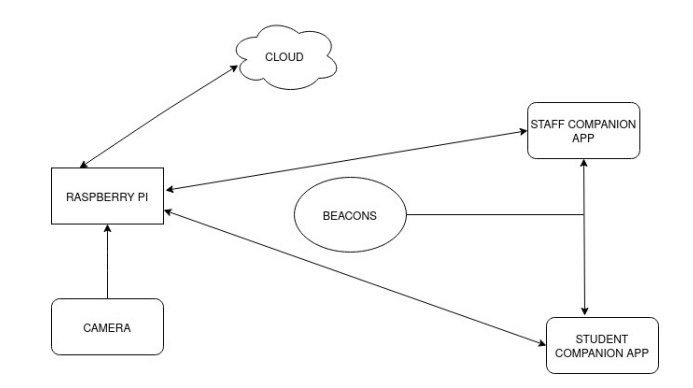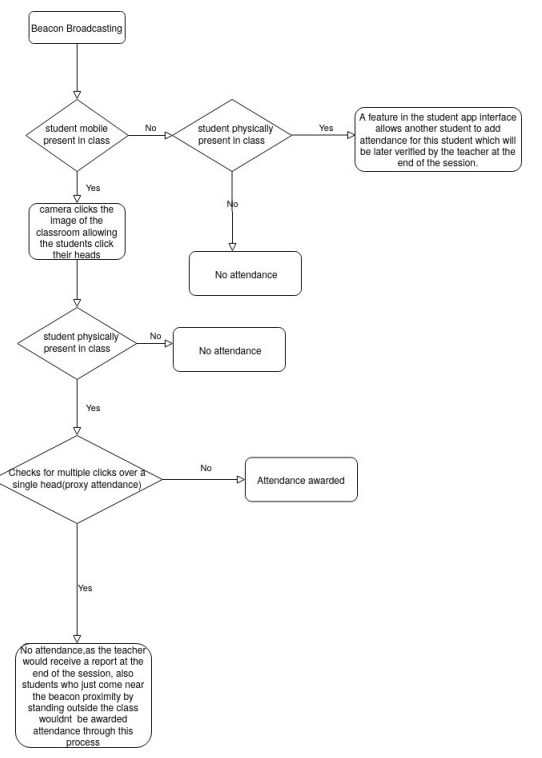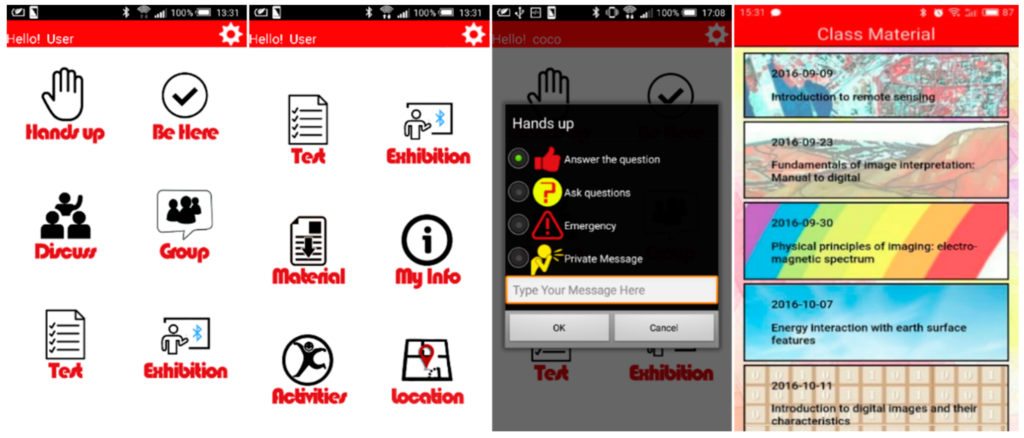The Journal of Physics has new research into a Student Attendance Manager Using Beacons and Deep Learning (pdf).

The system automatically registers attendance without disturbing the class. It uses an iBeacon in each classroom to determine location. It also uses a camera and deep learning analysis to prevent students cheating the system by having someone else attend. The researchers say the system is better than biometric scanning and RFID that requires manual reading one by one.

The solution uses iBeacons but it’s the Bluetooth MAC address that’s used for room identification. The scanner and camera interface uses a Raspberry Pi that sends data to a server.
